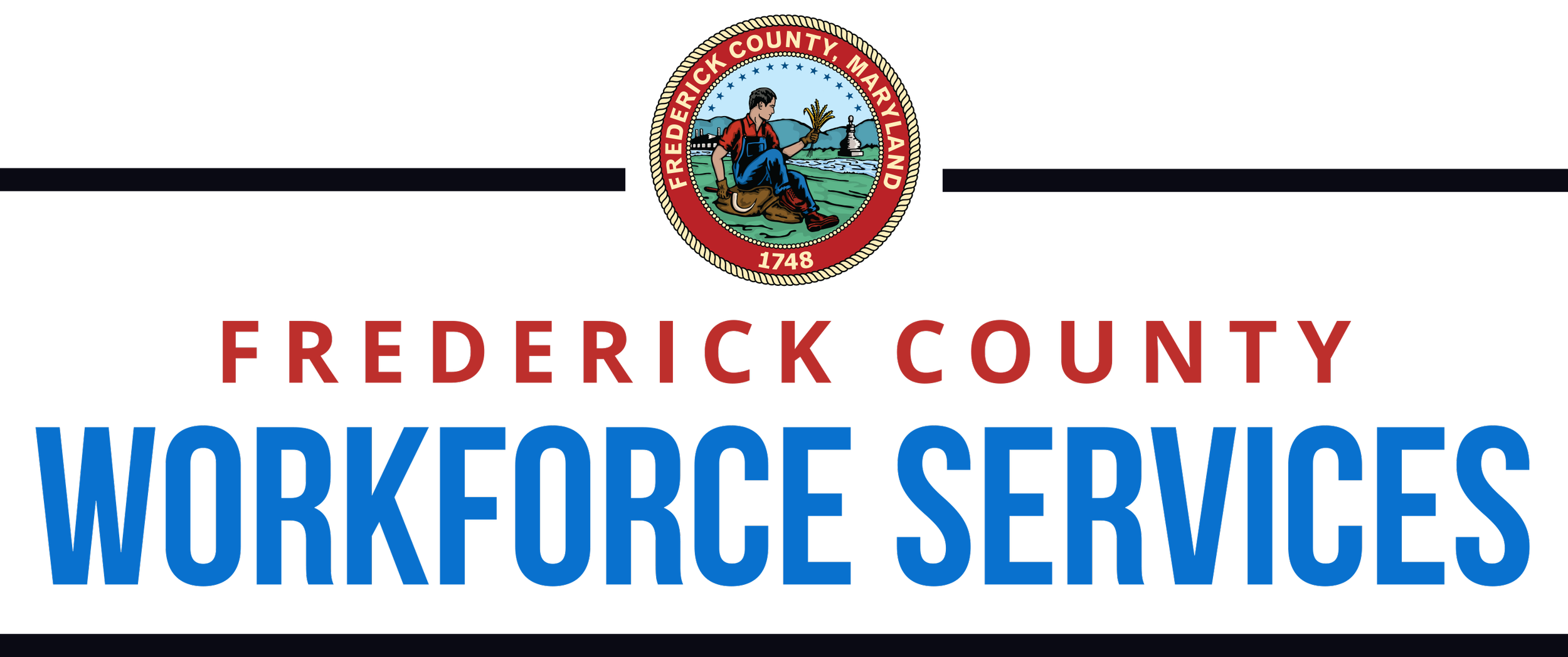Good Intentions, Unintended Consequences: Understanding "Benevolent" Workplace Discrimination
As you get ready to reopen your business in this “new normal” environment, have you considered all potential forms of discriminatory practices? One practice in particular you may not have heard about before is called benevolent discrimination.
"Benevolent discrimination is a subtle and structural form of discrimination that is difficult to see for those performing it, because it frames their action as positive, in solidarity with the (inferior) other who is helped, and within a hierarchical order that is taken for granted."
It is important to consider all of the effects COVID-19 has had on your employees. A number of different variables can play a role for your employees as they begin returning to work. As leaders exercise compassion during this process, benevolent discrimination is a line that can easily be crossed.
Whether your leadership philosophy is people-focused or organization-focused, whether you want to be kindhearted or bottom-line focused, there are specific criteria that you will want to consider as your employees begin returning to their respective workplaces.
For example, you may have older employees, or employees with preexisting or unknown health conditions, or employees who have immune-compromised relatives in the household. How do you carefully respond to these employees and their individual needs as they begin to return to work? While it may make sense to require them to continue working remotely or take involuntary leave to mitigate risks to the employee and/or the organization, that seemingly kind and caring gesture could also potentially be viewed as a form of discrimination.
Here is what benevolent discrimination may look like within an organization: If an employer provides telework, modified schedules or other benefits to employees with children due to school closures or distance learning, the employer must ensure they are not treating employees differently based on sex or other protected characteristics (assuming female employees, and not male employees, have caregiving responsibilities.)
It’s important to make sure that we are covering all bases when it comes to any form of discrimination.
The EEOC, ADA, and AEDA are a few of the organizations that have updated information to help you make this journey along the “new normal” continuum.
Additional Resources:
https://everfi.com/blog/workplace-training/return-to-work-plan/
https://www.fisherphillips.com/post-pandemic-faqs#L11

